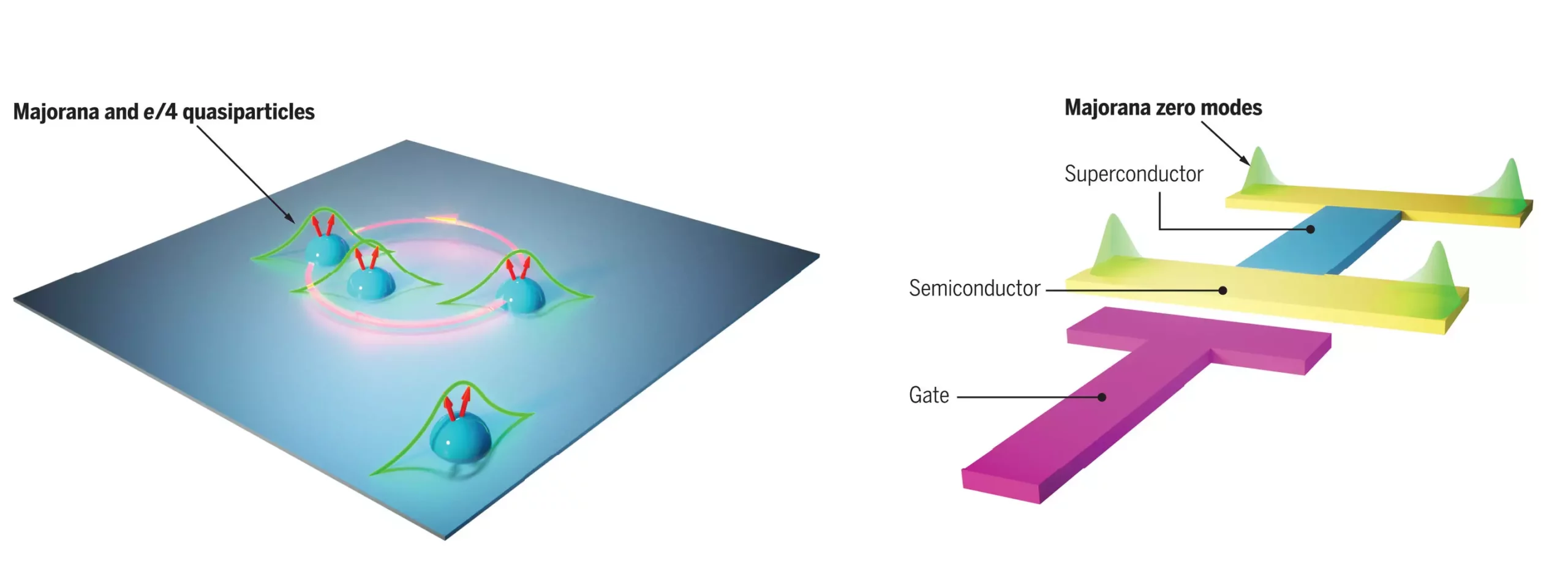Majorana particles, named after an Italian theoretical physicist, are complex quasiparticles that hold the potential to revolutionize the field of quantum computing. These particles exhibit unique characteristics that are distinct from the electrons that make up the materials in which they exist. One of the key properties of Majoranas is that two of these particles can combine to form an electron, which opens up a myriad of possibilities for storing and transferring information in quantum systems.
Researchers, including the team led by Harvard University’s Amir Yacoby, are actively trying to identify materials in which Majorana particles can exist independently. This quest involves studying various platforms and materials that show promise for isolating and measuring Majoranas. The goal is to understand the behavior of these particles and unlock their potential applications in quantum technologies.
Promising Platforms for Majorana Research
One of the key platforms for studying Majoranas is nanowires, which are thin rods made of semiconducting materials. Nanowires have emerged as a popular option for realizing Majorana-based quantum systems due to their unique properties. Additionally, the fractional quantum Hall effect, topological materials, and Josephson junctions are other promising platforms for studying Majoranas. These materials offer environments that are conducive to the formation and measurement of Majorana particles.
Advancements in Majorana Research
Over the past decade, significant progress has been made in the field of Majorana research. Researchers have focused on understanding how Majoranas behave in different materials and identifying the signatures that indicate the presence of these particles. By leveraging new theoretical and experimental methodologies, scientists are gaining insights into the unique capabilities of Majorana particles and their potential impact on quantum information science.
The research on Majorana particles aligns with the priorities of organizations like the Quantum Science Center (QSC), which brings together experts from various institutions to advance the field of quantum computing. Collaborative efforts between researchers from Harvard University, Princeton University, the Free University of Berlin, UCLA, and ORNL are contributing to the collective understanding of Majorana particles and their applications in quantum technologies.
Majorana particles represent a fascinating frontier in the field of quantum computing. By uncovering the properties and behaviors of these unique quasiparticles, researchers are paving the way for the development of next-generation quantum computing systems. The quest to identify materials that can host Majoranas and the collaborative efforts within the scientific community underscore the importance of this research in advancing quantum technologies. Through continued exploration and innovation, scientists aim to harness the potential of Majorana particles for creating powerful quantum computing devices.


Leave a Reply
You must be logged in to post a comment.